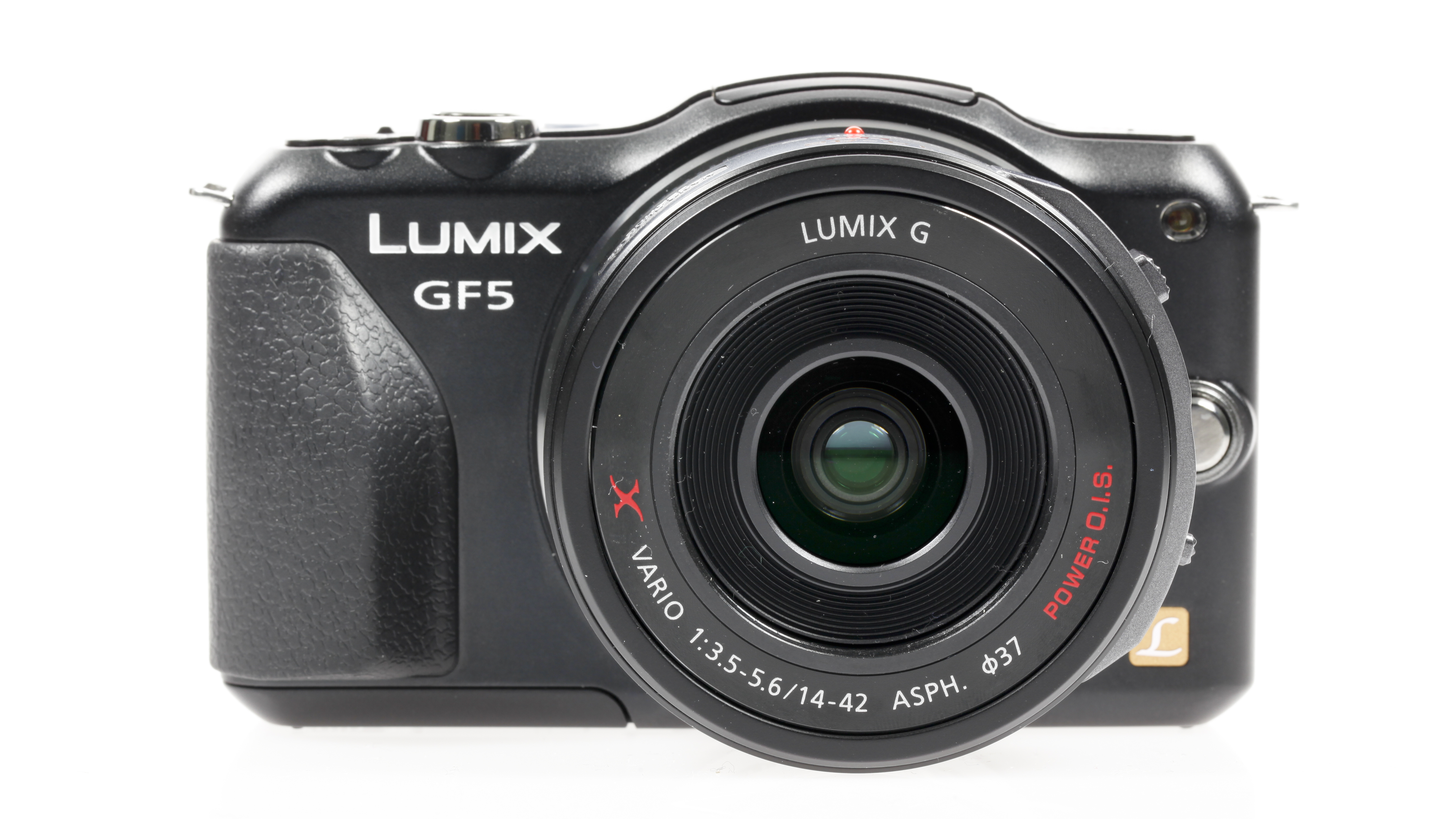Why you can trust TechRadar
Initial impressions of the Panasonic GF5 when using a pre-production model were very pleasing, and we're pleased to say we have continued to be pleased with the results from the final production version.
Panasonic claims that even though the Lumix GF5 has 4 million fewer pixels than the Lumix G3, it can produce the same image quality. This is a fairly bold claim, but initial indications were good.
When comparing the Panasonic Lumix GF5 with the G3 in our carefully controlled lab environment, we found that to be the case, which is good news for those looking for high image quality in a compact camera body.
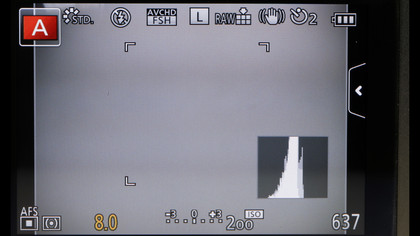
Panasonic is understandably quite keen to push the Micro Four Thirds sensor format, with one of the key cruxes of its argument being that edge to edge sharpness is better than its APS-C rivals.
Looking at the sample images from the Panasonic GF5 (on the next page), we're pleased to say that it seems to live up to its claims. The amount of detail captured by the sensor is impressive, while out of focus areas are rendered very nicely.
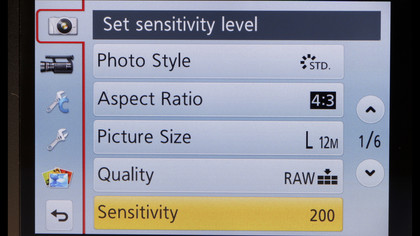
Colours are also represented well, being punchy and vibrant without being over the top. Auto white balance does a reasonable job of keeping colours in check under natural light conditions, but we noticed it struggles under artificial lighting conditions, producing images with overly warm tones.
However, switching to a more appropriate white balance is very easy to do via the touchscreen, where you will immediately see the differences between the options. It's also very easy to set the Custom WB value.
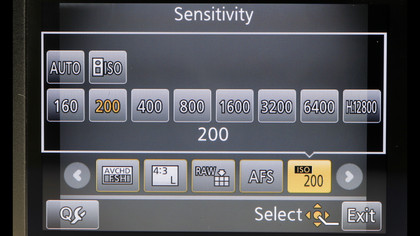
Performance at high sensitivities is pretty impressive, with well controlled noise towards the higher end of the range (ISO 1600). There is a noticeable drop-off in quality from this point onwards, but it's certainly preferable to not capturing an image at all.
Generally we found metering to be pretty consistent when shooting on evaluative, although in darker situations it did have the tendency to underexpose slightly.
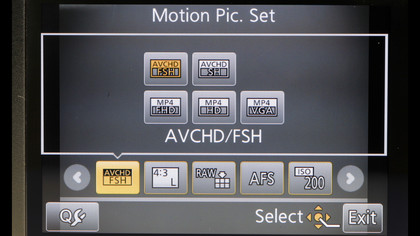
Altering the metering is slightly hidden away in the menu system, as opposed to other controls that can be found in the Quick Menu, which can be a little frustrating if you find yourself in a mixed lighting situation.
Overall however, we think it's likely that evaluative will be used the majority of the time.
Images can be captured in a raw format, as well as JPEG, and we found files contain a lot of detail that can be worked with in post-production via Panasonic's own software - SilkyPix - or third-party software such as Photoshop when the appropriate updates become available.
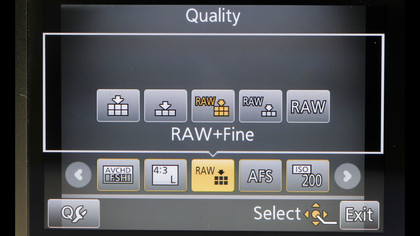
As usual with raw files, the Panasonic Lumix GF5 raw captures allow for when the camera struggles to capture the correct exposure, or white balance was slightly off.
This is relatively easy to correct using the raw files, which is a bonus for novice photographers who may find they can rescue an otherwise wasted opportunity.
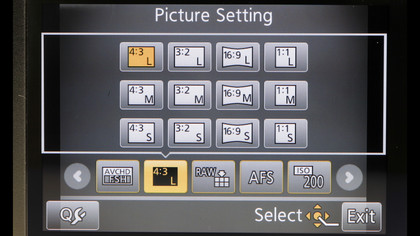
In a bid to compete with the prevalence of popular iPhone apps such as Hipstamatic and Instagram, extra filters have been installed to the Panasonic Lumix GF5 under Creative Control, with 14 different variations now available.
Each of the filters can be further customised via sliders on the touchscreen to produce different effects, with the LCD screen giving a preview of how the final image will turn out.
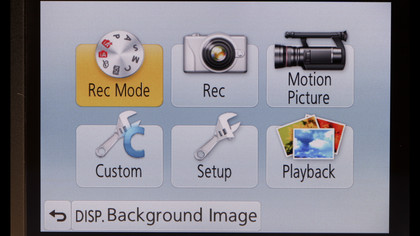
The filters are a fun addition to the camera, and are great to experiment with, although some are better than others (as you'd expect).
Some of the filters, such as the Cross Process filter, can be directly compared with those found on Olympus' Micro Four Thirds models, including the Olympus PEN E-P3. On the Panasonic Lumix GF5 this is more subtle than that found on the Olympus PEN E-P3, but offers more customisable control.
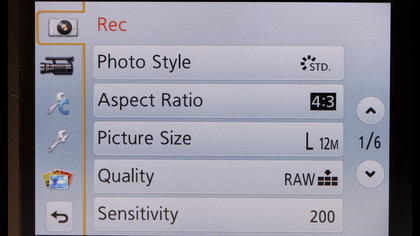
One of the downsides of shooting in Creative Control Mode, however, is that you lose control over parameters such as aperture and shutter speed, which is a shame considering that this is an option Olympus was able to include on its most recent PEN range of CSCs.
Fortunately, however, the Panasonic GF5 can shoot in raw while using filters, meaning that these can be taken off in post-production if you change your mind after all.
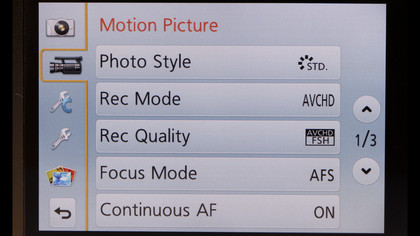
Unfortunately, unlike the Olympus Viewer software that enables filters to be swapped around or adjusted in post-production, the supplied SilkyPix software offers no such functionality.
One slight niggle we found is that images shot with the Creative Control are named differently, so when loading the photos on the computer, these pictures appear out of sync to the rest of the images. It's hardly a massive problem, and one that can be worked around, but it has the potential for confusion.
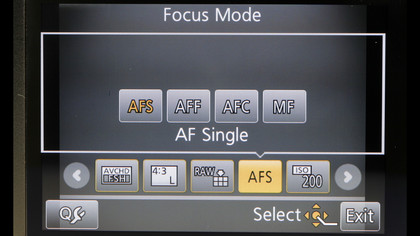
Although there seems to be some conflicting opinion between Olympus and Panasonic about which has got the faster autofocus, there seems to be little point quibbling over microseconds. Whether it's technically the fastest in the world or not, the Panasonic GF5's AF is lightning quick, and perhaps more importantly, accurate, as is claimed - especially in good lighting conditions.
During our test, it was able to lock onto subjects incredibly quickly and easily almost every time, only starting to struggle slightly when the light was pretty dim.
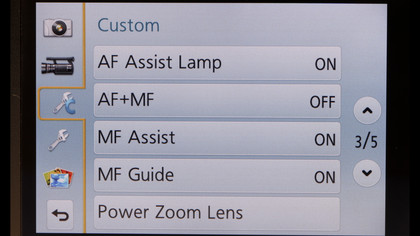
Current page: Performance
Prev Page Build quality and handling Next Page Image quality and resolutionAmy has been writing about cameras, photography and associated tech since 2009. Amy was once part of the photography testing team for Future Publishing working across TechRadar, Digital Camera, PhotoPlus, N Photo and Photography Week. For her photography, she has won awards and has been exhibited. She often partakes in unusual projects - including one intense year where she used a different camera every single day. Amy is currently the Features Editor at Amateur Photographer magazine, and in her increasingly little spare time works across a number of high-profile publications including Wired, Stuff, Digital Camera World, Expert Reviews, and just a little off-tangent, PetsRadar.
